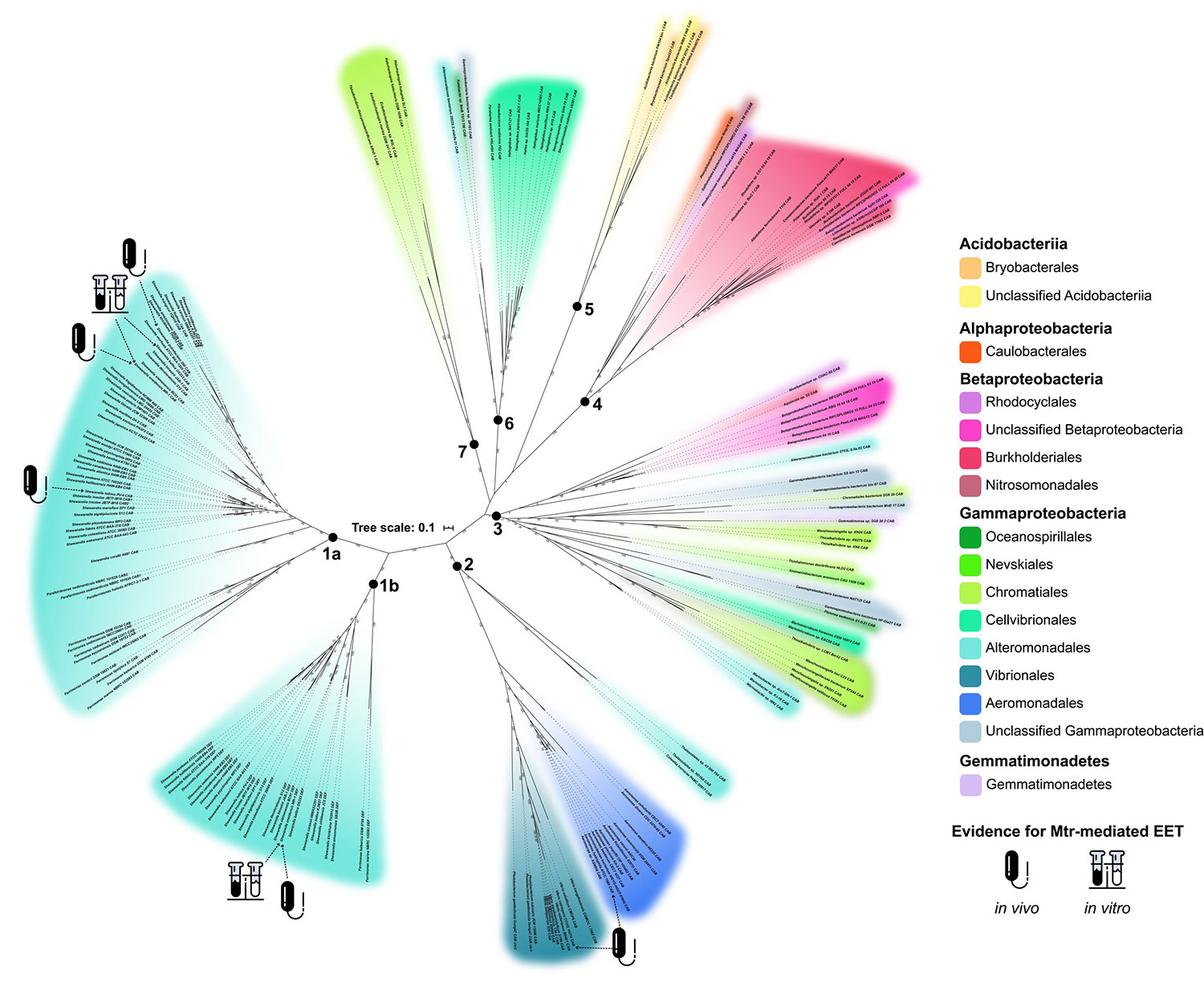For proof, we can look to the many matrilineal societies dotted all over the world. In some regions, these traditions may date back thousands of years.
Published March 2, 2023
9 min read
The philosopher Kwame Anthony Appiah once asked why some people feel the need to believe in a more equal past to picture a more equal future.
Many of us look at the stranglehold that gender-based oppression has on our societies and wonder if there was a time when men didn’t have this much power, when femininity and masculinity didn’t mean what they do now. When we search for powerful women in ancient history, when we try to identify precedents for equality in the distant past, perhaps we also betray our longing for an alternative in a world in which we fear there may be none. (The truth behind Egypt’s female pharaohs and their power.)
Patriarchy—giving all power and authority to the father—can sometimes seem like a vast conspiracy stretching into deep time. The word itself has become devastatingly monolithic, encompassing all the ways in which the world’s women, girls, and nonbinary people are abused and unfairly treated, from domestic violence and rape to the gender pay gap and moral double standards. The sheer scale of it feels out of our control. But how old and how universal is it really?
Historians, anthropologists, archaeologists, and feminists have been fascinated by this question—and as a science journalist, I’ve been preoccupied with it for years. In 1973 sociologist Steven Goldberg published The Inevitability of Patriarchy, a book arguing that fundamental biological differences between men and women run so deep that in every iteration of human society, a patriarchal system would always win out. Whichever way the pie was cut, men—in his view naturally more powerful and aggressive—would end up with the bigger slice. (The best and worst countries to be a woman.)
The problem with this is, male domination isn’t universal. There are many matrilineal societies—organized through mothers rather than fathers, with name and property passed from mother to daughter—around the world. In some regions, matrilineal traditions are thought to date back thousands of years.
For decades Western scholars have invented theories to explain why these societies exist. Some claim that matriliny survives only among hunter-gatherers or simple agriculturists, not in large-scale societies. Others say it works best when men are often away at war, leaving women in charge at home. Still others argue that matriliny ends as soon as people start keeping cattle, because men want to control these resources—linking patriarchy to property and land. (Read how women are stepping up to remake Rwanda.)
Always, though, matrilineal societies are framed as unusual cases, “beset by special strains, as fragile and rare, possibly even doomed to extinction,” as Washington State University anthropologist Linda Stone puts it. In academic circles, the problem is known as the matrilineal puzzle. Patriliny, on the other hand, is seen to need no explanation. It just is.
In 2019 researchers at Vanderbilt University attempted to solve this puzzle, analyzing matrilineal communities to see if they did have anything in common. Globally 590 societies were known to be traditionally patrilineal, 362 were bilateral, meaning they acknowledged descent through both parents, and another 160 were recognized as matrilineal. Biologist Nicole Creanza, who worked on the research, says the team tested popular theories about matriliny like those above—but none held true in every case.
One factor that did seem to affect a society’s move away from matriliny, says Creanza, was “when populations had property, not in terms of land but movable, transmissible wealth, where if your offspring inherited this thing that you have, they would be potentially better off.” But even this wasn’t consistent. Each society was just too complicated to reduce to simple factors, be they biological, environmental, or anything else. “As far in as you can zoom,” she says, “you can find more and more complexity.” (In the 16th century B.C., three queens led Egypt against Hyksos invaders and won.)
Anthropologists insist there are no female-led matriarchies, if by matriarchy we mean the direct opposite of patriarchy. In his 1680 text patriarch the English political theorist Sir Robert Filmer defined patriarchy as the natural rule of a father over his family and a king over his state. But what we usually see in matrilineal societies is women and men sharing power. Even if significant authority lies with brothers or uncles, it’s often authority that depends upon circumstances, or diffuse power more than absolute. (Lakshmi Bai became an icon of freedom in India.)
What characterizes matrilineal societies, as Stone has written, is “considerable variation” in “authority, power, and influence among both males and females.” There would have been even more variation in the past. In prehistory, social norms were constantly moving. What can appear from one point of view to be an instability resolving itself—a shift from matriliny to patriliny, for instance—may from another point of view be a move from one relatively stable state to another, Creanza explains.
Everywhere, people have always pushed for their societies to be structured differently, for the oppressed to have more freedoms or privileges. “Anyone, given half a chance, will prefer equality and justice to inequality and injustice,” writes political theorist Anne Phillips. “Subservience does not, on the whole, come naturally to people.” (The raised fist is a global symbol of fighting oppression.)
Sociologist Goldberg’s argument was that if a pattern of behavior is universal, it probably has a biological basis, and that given how little political power women have, they must feel themselves to be naturally subordinate. But as Phillips explains, nowhere do women defer to men without struggle. For centuries, from the United States to Iran, they’ve fought for more rights and privileges. Viewed this way, we might ask why matrilineal societies are still thought of as unusually unstable. Globally, impassioned movements for gender equality—sometimes tipping into violent protest—indicate that patriarchy is not as stable as it seems either. Perhaps the real matrilineal puzzle isn’t the existence of some female-focused societies but the bizarre preponderance of male-focused ones. (The roots of International Women’s Day are more radical than you think.)
“I consider the oppression of women to be a system,” sociologist Christine Delphy says. “An institution which exists today cannot be explained by the simple fact that it existed in the past…even if this past is recent.”
If we resign ourselves to accepting our lot as part of who we are by nature, we give up on understanding how it might have come about. When we settle the case for patriarchy on something as simple as biological difference, even though the evidence points to a reality that’s far more complex and contingent, we lose the capacity to recognize just how fragile it might be. We stop asking how inequality works or the ways in which it is being reinvented. (Around the world, women are taking charge of their future.)
The most dangerous part of any form of human oppression is that it can make people believe that there are no alternatives. We see this in the old fallacies of racecaste, and class. The question for any theory of male domination is why this one form of inequality should be treated as the exception.
Science journalist Angela Saini is author of the books Superior and Inferior, on sexism and racism in science. This essay is drawn from her new book, The Patriarchs: How Men Came to Rule.
This story appears in the April 2023 issue of National Geographic magazine.
Note: This article have been indexed to our site. We do not claim legitimacy, ownership or copyright of any of the content above. To see the article at original source Click Here













